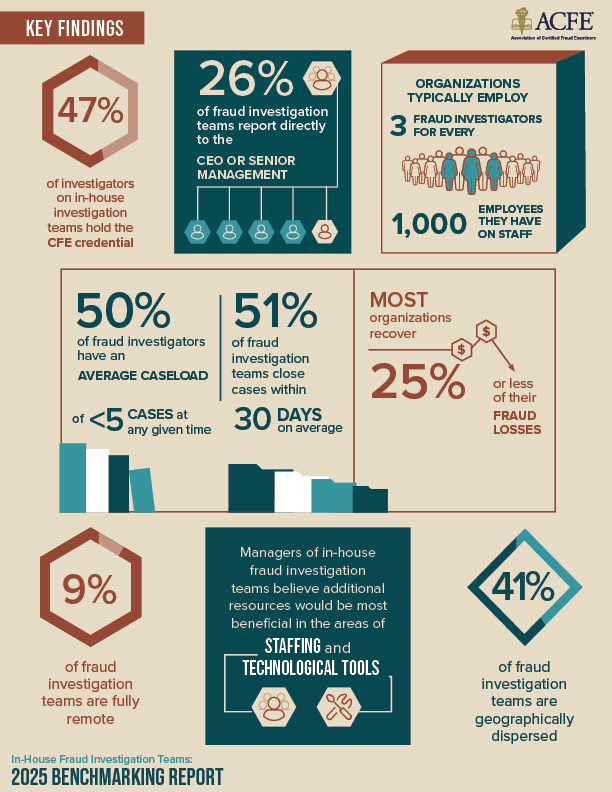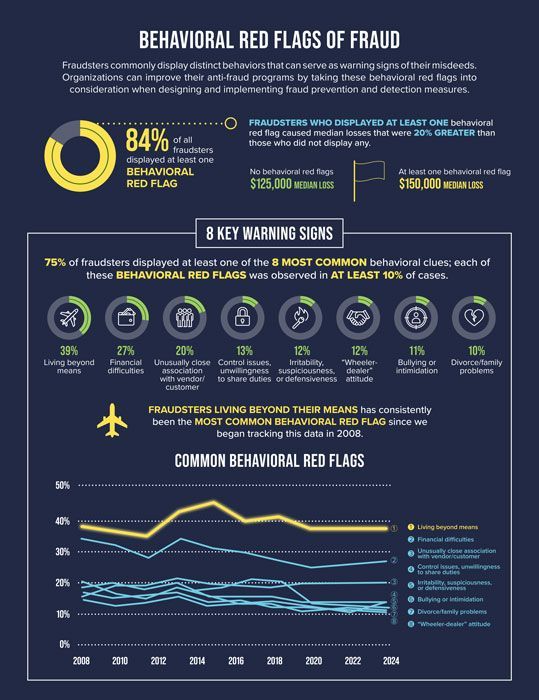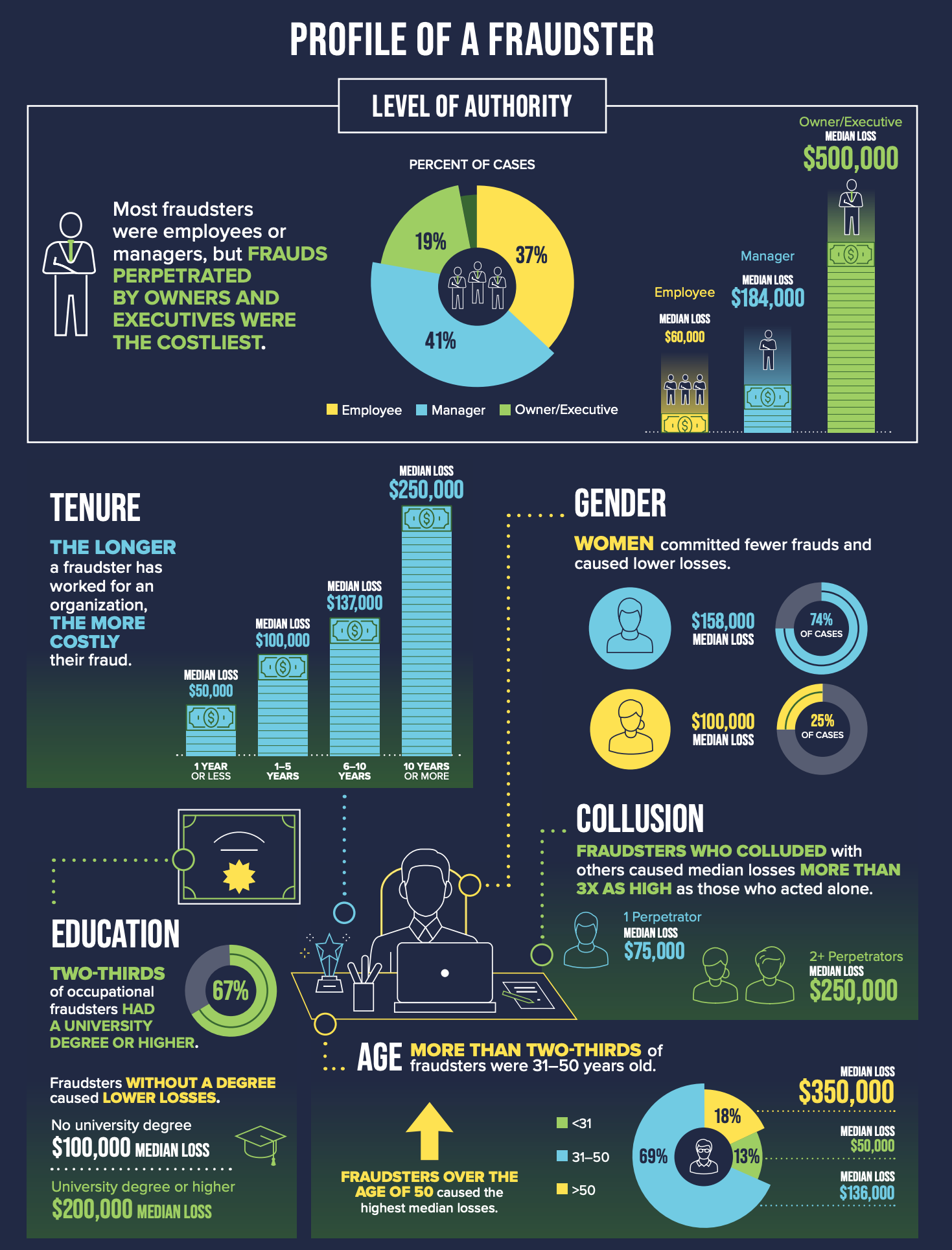The Role of Internal Controls in Fraud Prevention
What Are Internal Controls?
Internal controls are the backbone of any organization’s efforts to safeguard its assets, ensure operational efficiency, and maintain financial integrity. At their core, internal controls are policies, procedures, and mechanisms designed to minimize risks, prevent errors, and detect irregularities. These controls are not limited to financial processes; they extend to operational, compliance, and strategic areas of a business.
The primary purpose of internal controls is to create a structured environment where risks are identified and mitigated before they can cause harm. For example, a company might implement a policy requiring dual authorization for large financial transactions. This ensures that no single individual has unchecked control over critical processes, reducing the likelihood of fraud or error. Internal controls also promote accountability by clearly defining roles and responsibilities within an organization.
In addition to fraud prevention, internal controls play a vital role in ensuring compliance with laws and regulations, such as the Sarbanes-Oxley Act (SOX) in the United States. By establishing a culture of transparency and accountability, internal controls help organizations build trust with stakeholders, including investors, customers, and employees.
Forensic accounting professionals often emphasize the importance of internal controls in fraud prevention. By leveraging forensic accounting techniques, organizations can identify weaknesses in their control systems and implement targeted improvements.
Types of Internal Controls
Internal controls can be broadly categorized into three types: preventive, detective, and corrective controls. Each type serves a unique purpose in fraud prevention and risk management.
- Preventive Controls: These are proactive measures designed to stop fraud or errors before they occur. Examples include requiring strong passwords for system access, implementing segregation of duties, and conducting background checks on employees. Preventive controls are the first line of defense in protecting an organization’s assets.
- Detective Controls: These controls are designed to identify and expose fraud or errors that have already occurred. Examples include regular audits, reconciliations, and monitoring of financial transactions. Detective controls act as a safety net, ensuring that any irregularities are quickly identified and addressed.
- Corrective Controls: When fraud or errors are detected, corrective controls come into play to mitigate the damage and prevent recurrence. Examples include updating policies, retraining employees, and implementing new technologies to address vulnerabilities. Corrective controls ensure that lessons are learned and improvements are made.
By combining these three types of controls, organizations can create a comprehensive system that not only prevents fraud but also detects and corrects issues when they arise. Forensic accounting experts often assist in designing these systems to ensure maximum effectiveness.
Common Fraud Risks in Organizations
Fraud is a pervasive threat that can take many forms, each with the potential to cause significant financial and reputational damage. Understanding common fraud risks is essential for designing effective internal controls.
- Financial Statement Fraud: This involves the intentional misrepresentation of financial data to deceive stakeholders. Examples include inflating revenue, understating expenses, or manipulating asset valuations. Financial statement fraud can erode investor confidence and lead to legal consequences.
- Asset Misappropriation: This is the most common type of fraud and involves the theft or misuse of an organization’s assets. Examples include embezzlement, skimming cash, or stealing inventory. Asset misappropriation can be particularly damaging for small businesses with limited resources.
- Corruption: Corruption involves unethical practices such as bribery, kickbacks, or conflicts of interest. These activities undermine fair competition and can result in significant legal and financial penalties.
Internal controls are critical in mitigating these risks by creating barriers to fraudulent activities and increasing the likelihood of detection. Forensic accounting plays a crucial role in identifying and addressing these risks, ensuring that organizations remain protected.
Key Components of Effective Internal Controls
A robust internal control system is built on several key components, each of which plays a vital role in fraud prevention and risk management.
- Segregation of Duties: This principle ensures that no single individual has control over all aspects of a critical process. For example, the person responsible for approving payments should not also be responsible for recording transactions. Segregation of duties reduces the risk of fraud by requiring collaboration and oversight.
- Authorization Protocols: Establishing clear approval hierarchies for financial transactions, contracts, and other critical activities ensures that decisions are reviewed and authorized by appropriate personnel.
- Reconciliation Processes: Regularly comparing financial records, such as bank statements and accounting ledgers, helps identify discrepancies and ensures accuracy.
- Monitoring Mechanisms: Continuous monitoring of activities, such as transaction patterns and system access logs, can help detect unusual behavior that may indicate fraud.
- Documentation and Record-Keeping: Maintaining detailed records of transactions, approvals, and audits provides a clear trail for accountability and investigation.
By integrating these components into their operations, organizations can create a strong internal control framework that deters fraud and promotes transparency. Forensic accounting professionals often assist in evaluating these components to ensure their effectiveness.
How Internal Controls Deter Fraud
Internal controls deter fraud by addressing two key elements of the fraud triangle: opportunity and rationalization. The fraud triangle, a concept developed by criminologist Donald Cressey, identifies three factors that contribute to fraudulent behavior: pressure, opportunity, and rationalization.
- Limiting Opportunities: Internal controls reduce opportunities for fraud by implementing checks and balances. For example, requiring dual authorization for financial transactions ensures that no single individual can act without oversight.
- Increasing Detection Risk: The presence of detective controls, such as audits and monitoring, increases the likelihood that fraudulent activities will be discovered. This acts as a deterrent, as potential fraudsters are less likely to take risks when they know they are being watched.
- Promoting Ethical Behavior: A strong internal control system fosters a culture of accountability and integrity, making it harder for individuals to rationalize unethical behavior.
By addressing these factors, internal controls create an environment where fraud is less likely to occur and more likely to be detected if it does. Forensic accounting techniques can further enhance these controls by identifying vulnerabilities and recommending improvements.
Real-World Examples of Internal Controls in Action
Real-world examples highlight the effectiveness of internal controls in preventing fraud. One notable case involves a multinational corporation that implemented an automated expense management system. The system flagged unusual expense patterns, such as repeated claims for the same item, leading to the discovery of fraudulent expense reports. By automating the review process, the company not only saved money but also reinforced its commitment to ethical practices.
Another example is a small business that introduced a policy requiring dual signatures for checks over a certain amount. This simple measure prevented an employee from embezzling funds and demonstrated the importance of preventive controls, even in smaller organizations.
These examples underscore the value of internal controls in protecting organizations from fraud and ensuring financial integrity. Forensic accounting professionals often analyze such cases to develop best practices for other organizations.
Challenges in Implementing Internal Controls
While internal controls are essential, implementing them is not without challenges. Common obstacles include:
- Resistance to Change: Employees may resist new policies and procedures, especially if they perceive them as burdensome or unnecessary.
- Resource Constraints: Smaller organizations may lack the financial or human resources to implement comprehensive controls.
- Lack of Expertise: Designing and maintaining effective internal controls requires specialized knowledge, which may not be readily available.
- Evolving Fraud Tactics: Fraudsters continually adapt their methods, requiring organizations to update their controls regularly.
To overcome these challenges, organizations can invest in employee training, leverage technology, and seek guidance from experts in internal controls and fraud prevention. Forensic accounting professionals can provide valuable insights and support in addressing these challenges.
The Role of Technology in Strengthening Internal Controls
Technology has revolutionized the way organizations implement and maintain internal controls. Modern tools, such as artificial intelligence (AI) and data analytics, enhance fraud detection and prevention by identifying patterns and anomalies that may indicate fraudulent activity.
- AI and Machine Learning: These technologies can analyze vast amounts of data in real-time, flagging suspicious transactions or behaviors.
- Automated Systems: Automation reduces the risk of human error and ensures consistency in processes such as reconciliations and approvals.
- Data Analytics: Advanced analytics tools can identify trends and outliers, providing valuable insights for fraud prevention.
By integrating these technologies into their internal control systems, organizations can stay ahead of evolving fraud risks and improve efficiency. Forensic accounting professionals often leverage these tools to enhance their investigations and recommendations.
Best Practices for Maintaining Strong Internal Controls
To ensure the effectiveness of internal controls, organizations should follow these best practices:
- Conduct Regular Audits: Periodic reviews of financial records and processes help identify weaknesses and ensure compliance.
- Provide Employee Training: Educating employees about the importance of internal controls and their role in fraud prevention fosters a culture of accountability.
- Adapt to Changing Risks: Regularly updating controls to address new fraud tactics ensures that they remain effective.
- Encourage Whistleblowing: Establishing a confidential reporting system empowers employees to report suspicious activities without fear of retaliation.
- Leverage Technology: Using modern tools to automate and enhance controls improves efficiency and effectiveness.
By adhering to these practices, organizations can maintain a strong internal control framework that evolves with their needs. Forensic accounting professionals can provide ongoing support to ensure these practices are effectively implemented.
Regulatory Compliance and Internal Controls
Internal controls are not just a best practice; they are often a legal requirement. For example, the Sarbanes-Oxley Act mandates that publicly traded companies establish and maintain effective internal controls over financial reporting. Compliance with such regulations not only reduces the risk of fraud but also enhances transparency and accountability.
Meeting regulatory requirements demonstrates an organization’s commitment to ethical business practices, building trust with stakeholders and reducing the risk of legal penalties. Forensic accounting professionals play a key role in ensuring compliance and identifying areas for improvement.
Contact Turning Numbers Forensic Accounting to discuss your case today.




